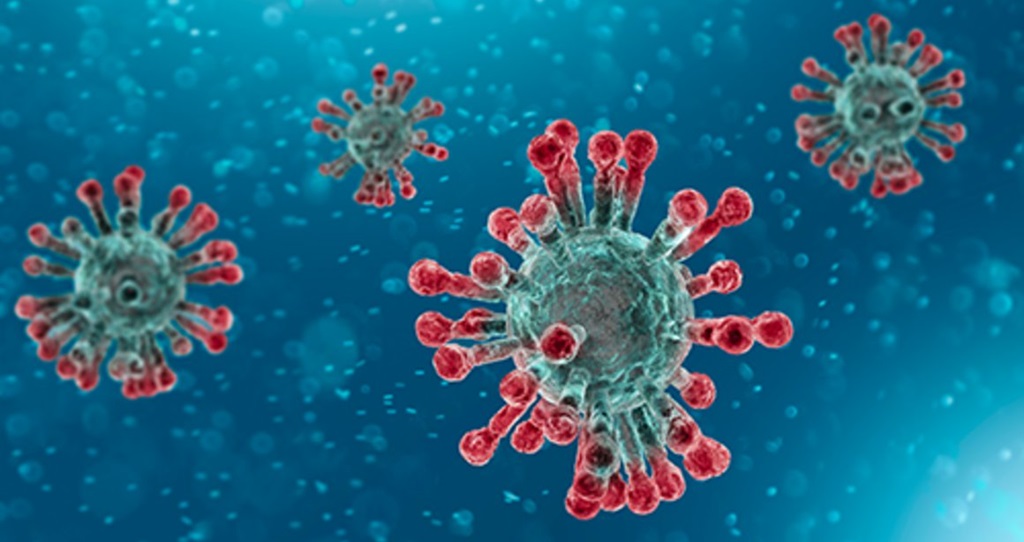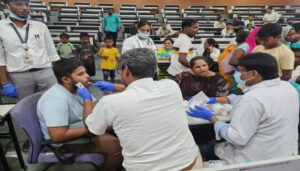Bihar on Alert as COVID-19 JN.1 Variant Spreads in India; No Cases Reported Yet in State

Patna: Amid rising concerns over the spread of the new COVID-19 variant JN.1 across India, the Bihar Health Department has sounded an alert and stepped up surveillance, even though no cases have been reported in the state so far.
Health authorities are closely monitoring the national situation after the total number of active COVID-19 cases in India crossed 350 on Wednesday. Bihar’s health machinery has been directed to remain on standby, as the state waits for fresh guidelines likely to be issued by the Central government following an emergency meeting held in New Delhi.
Central Review Highlights Need for Vigilance
The high-level meeting, chaired by the Director General of Health Services (DGHS) in Delhi, concluded that while the situation remains under control, there is an urgent need to maintain constant surveillance and ensure preparedness across states. Bihar officials participated virtually and have since begun reviewing existing standard operating procedures (SOPs), isolation facilities, and testing capabilities.
“We have not detected a single case of the JN.1 variant in Bihar so far. However, we are fully alert and prepared,” said Dr. Vinod Kumar Singh, Director, Principal Health Services, Bihar. “We have the necessary SOPs, guidelines, and infrastructure ready to respond if needed.”
Mumbai Emerges as Hotspot; Southern States See Rising Cases
Mumbai has emerged as a potential hotspot for the new JN.1 variant, with over 50 confirmed infections reported. Other states witnessing a rise in cases include Kerala and Tamil Nadu, both of which have frequent international travel links—particularly with Middle Eastern countries, where COVID-19 cases have surged again.
In Singapore, over 14,000 cases were reported in a single week. Similar upward trends have been observed in Thailand and Hong Kong, raising global concerns over a fresh COVID-19 wave.
State Prepares for Possible Surge
Although Bihar has not yet reported JN.1 cases, the health department has begun reviewing hospital readiness, oxygen supply availability, and testing capacity. Isolation beds and critical care units are also being reassessed in case of a spike in infections.
A health department source said that district-level monitoring cells may be activated soon, and instructions have already been issued to resume COVID-related data reporting mechanisms to ensure timely updates.








